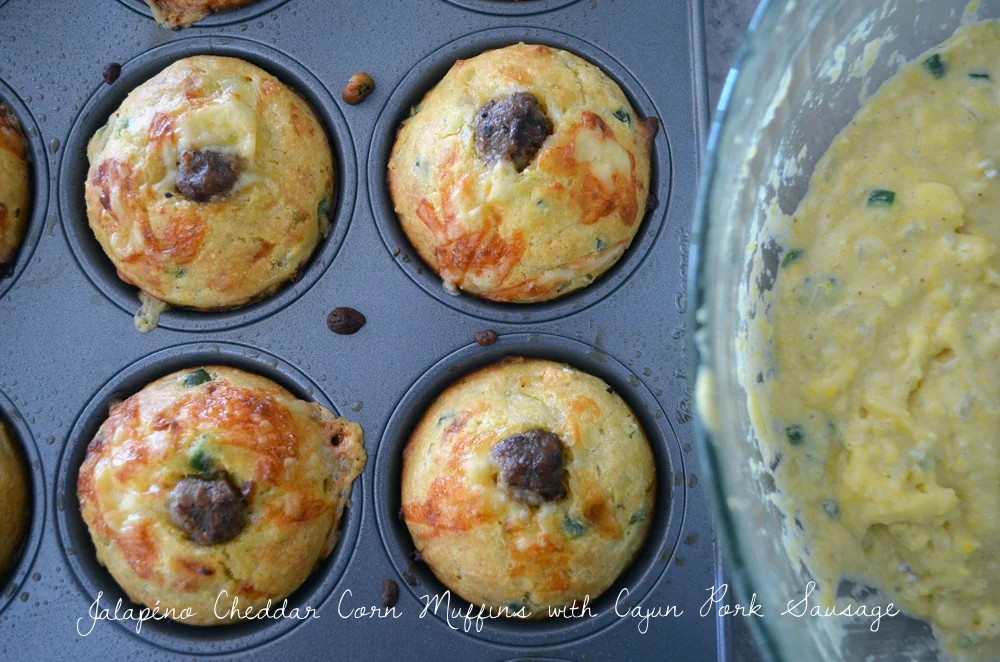Peconic Bay Scallops with Figs
/My father is an excitable person, especially when it comes to fishing, shellfishing and his fig tree. During the last week of October until Election Day, he prepares to close down the East Quogue house and gets ready to winter in the Florida Keys. Not a bad gig for an avid fisherman. Before he left for paradise, he stated two things, “Laura, the Baymen are harvesting basketfuls of Peconic Bay scallops and the fig tree is exploding with fruit. I sensed my father’s envy of the sweet and tender mollusks and figs he would be missing.
I think the polar vortex (cold temperatures) from last winter had something to do with the banner bay scallop harvest we are having on the East End, and strangely enough, an impressive amount of juicy figs for the picking on my father’s fig tree. 75% of the tree was damaged and he was forced to cut it back; we thought it would not survive. As the weather got warmer, the tree grew exponentially, skipped the first harvest in early spring, and the second harvest was delayed (the second harvest happens later summer) and produced ripe fruit in October; it truly is the almighty fig tree.
I picked a little over 3-dozen figs and scored (they were going fast) a pound of Peconic Bay scallops at Cor-J’s Seafood. I was inspired to create something yummy.
The best way to eat a fig is straight off the tree. The same sentiment rings true about a bay scallop, eaten raw is divine. Thankfully, I restrained myself from indulging on these delectable morsels and made a delicious dish that involves three simple recipes for one composed plate.
RECIPE: Peconic Bay Scallops with Figs
Balsamic Fig Sauce
- 1 pound of fresh figs, chopped
- 1/4 cup red wine
- ¼ cup water
- 2 tablespoon of good balsamic vinegar
- 1/8 teaspoon freshly ground black pepper
- 1/2 teaspoon honey
- 1 sprig fresh thyme
- Pinch of salt
Directions
- Combine all ingredients in a small saucepan. Bring to a boil over high heat. Reduce to a simmer, until fruit has broken down, 30 minutes
- Let cool slightly; remove thyme sprig. Press mixture through a medium size sieve with a rubber spatula.
- Place in a glass jar and refrigerate for later use or set-aside to use immediately.
Note: reserve the fig pulp to use as a spread on toast or to put in yogurt.
Baked Figs
- 8 figs
- 1 tablespoon of good balsamic vinegar
- 2 tablespoons of goat cheese, puréed
- Pinch of salt
- 1/8 teaspoon freshly ground black pepper
- 1 tablespoon of olive oil
Directions
- Preheat oven to 400°
- With a knife, cross hatch the top of the figs; place in a small shallow oven safe dish.
- Puree the goat cheese with pepper and salt.
- Dollop a ¼ teaspoon of goat cheese purée in each fig. (where the cross hatch is)
- Drizzle olive oil and balsamic vinegar.
- On the top rack, bake for 15 minutes or until the fig is warm to the touch, slightly soft . The goat cheese should be golden brown on top.
Set-aside for assembly
Sautéed Bay Scallops
- 1 pound of bay scallops
- Salt and pepper to taste
- 2 tablespoons of butter
Directions
- Salt and pepper the scallops.
- In a large non-stick skillet, place 1 tablespoon of butter and heat over medium-low heat until the butter is melted. Place half the scallops in a single layer into the skillet. Sauté the scallops about 2 minutes per side until the scallops are nicely browned. Repeat with the rest of the scallops.
Set-aside for assembly
Garnish
- 2 tablespoons of walnuts, chopped
- 8 large nasturtium leaves and 20 smaller leaves (you can use watercress if you cannot find nasturtium, I had them handy in my herb garden)
- ¼ pound of shiitake mushrooms, thinly sliced
- olive oil
- salt and pepper
Directions
- In a small saucepan toast the walnuts; set-aside
- In a medium saucepan sauté the shiitake mushrooms in olive oil, until brown. Season with salt and pepper; set-aside
Assembly (Serves 4)
- Place (2) large and (5) small nasturtiums leaves on each plate.
note: I used a rectangular plate, but use whatever you have handy.
- Place (2) baked figs on the larger nasturtium leaves. Then dab around the dish the fig balsamic sauce. Disperse ¼ pound of the bay scallops on each plate, along with the walnuts and shiitakes.
- Serve at room temperature.

















































